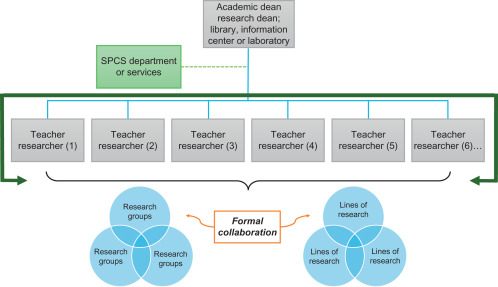With the changing face of technology, efficiency is a high necessity for the world digitally. Administrative structures’ knowledge is essential in this contemporary world. An “Index of Admin” would therefore mean a centralized portal where users can get all admin functions, permissions, and resources. In this article, you will learn how you can work with your Index of Admin to unlock your potential to result in achieving the desired outcome for your administrative systems.
What is an Index of Admin?
An index of admin serves as a reference point for all administrative activities within a system. It typically comprises a list or database that outlines different administrative functions, user roles, and permissions.
Types of Administrative Indexes
- User Management Index: Focuses on managing user roles and permissions.
- System Functionality Index: Lists features and tools available to admins.
- Content Management Index: Organizes various content types and their administrative controls.
The Role of Administrative Indexes
Administrative indexes play a pivotal role in enhancing navigation and organization. They help users quickly find the information they need, reducing the time spent searching for administrative functions. By streamlining workflows, these indexes ensure that tasks are executed efficiently, making life easier for admins and users alike.
Key Components of an Index of Admin
An effective index of admin should include several key components:
User Roles and Permissions
Understanding user roles is essential. Each role carries specific permissions that dictate what actions users can perform. This clarity helps prevent unauthorized access and maintains system security.
Administrative Tools and Features
An admin index should outline the tools available for managing various aspects of the system. This may include tools for content creation, user management, and system configuration.
How to Access the Index of Admin
Finding the index of admin can vary depending on the platform you are using. Here are a few common platforms and steps to access the index:
Common Platforms
- Content Management Systems (CMS) like WordPress or Joomla
- Customer Relationship Management (CRM) systems like Salesforce
- Project Management Tools like Trello or Asana
Steps to Find the Index
- Log in to your account.
- Navigate to the admin panel.
- Look for sections labeled “Admin,” “Settings,” or “User Management.”
Understanding User Roles in Admin Indexes
Understanding the distinction between admin and user roles is vital for effective management.
Admin vs. User Roles
- Admins typically have full access to all features, including user management and system settings.
- Users have restricted access, designed to limit their capabilities based on their role.
Permissions and Responsibilities
It’s crucial to assign the right permissions to each role to maintain security and ensure that users can perform their required tasks without unnecessary barriers.
Benefits of Using an Index of Admin
The advantages of utilizing an index of admin are manifold:
Improved Efficiency
With clear organization, users can quickly find the information or tools they need, leading to faster task completion.
Better Communication and Collaboration
An organized index fosters communication among team members by providing a centralized source of information.
Challenges in Managing an Admin Index
Despite its advantages, managing an admin index comes with challenges:
Security Concerns
If sensitive information is improperly accessed, it could lead to data breaches. It’s essential to ensure that only authorized users have access to critical areas of the index.
Usability Issues
An overly complicated index can hinder users rather than help them. Simplicity is key in creating an effective admin index.
Best Practices for Creating an Effective Admin Index
To ensure your index is both user-friendly and efficient, consider the following best practices:
Organizing Information Clearly
Use categories and subcategories to create a logical flow of information, making it easier for users to navigate.
Regular Updates and Maintenance
An admin index should be dynamic, adapting to changes in the organization or system. Regular reviews ensure that the information remains relevant and accurate.
Tools and Software for Admin Index Management
Several tools can help manage your Index of Admin effectively:
Popular Admin Management Tools
- Adminer: A lightweight database management tool.
- phpMyAdmin: For managing MySQL databases.
- AdminLTE: A popular admin dashboard template.
Features to Look For
- User-friendly interface
- Comprehensive user management features
- Security features like two-factor authentication
Case Studies: Successful Use of Index of Admin
Example 1: A Nonprofit Organization
A nonprofit organization utilized an Index of Admin to streamline their donor management process, resulting in increased donations and enhanced volunteer coordination.
Example 2: A Corporate Setting
A corporate entity adopted a centralized Index of Admin for project management, significantly reducing project turnaround times and improving team collaboration.
Future Trends in Administrative Indexing
As technology evolves, so does the landscape of administrative indexing.
Automation and AI in Admin Tasks
Automation tools will likely play a significant role in managing Index of Admin making it easier to handle repetitive tasks and data entry.
The Shift Towards More User-Friendly Interfaces
Future Index of Admin will focus on creating intuitive interfaces that enhance user experience, ensuring that all users, regardless of technical expertise, can navigate with ease.




